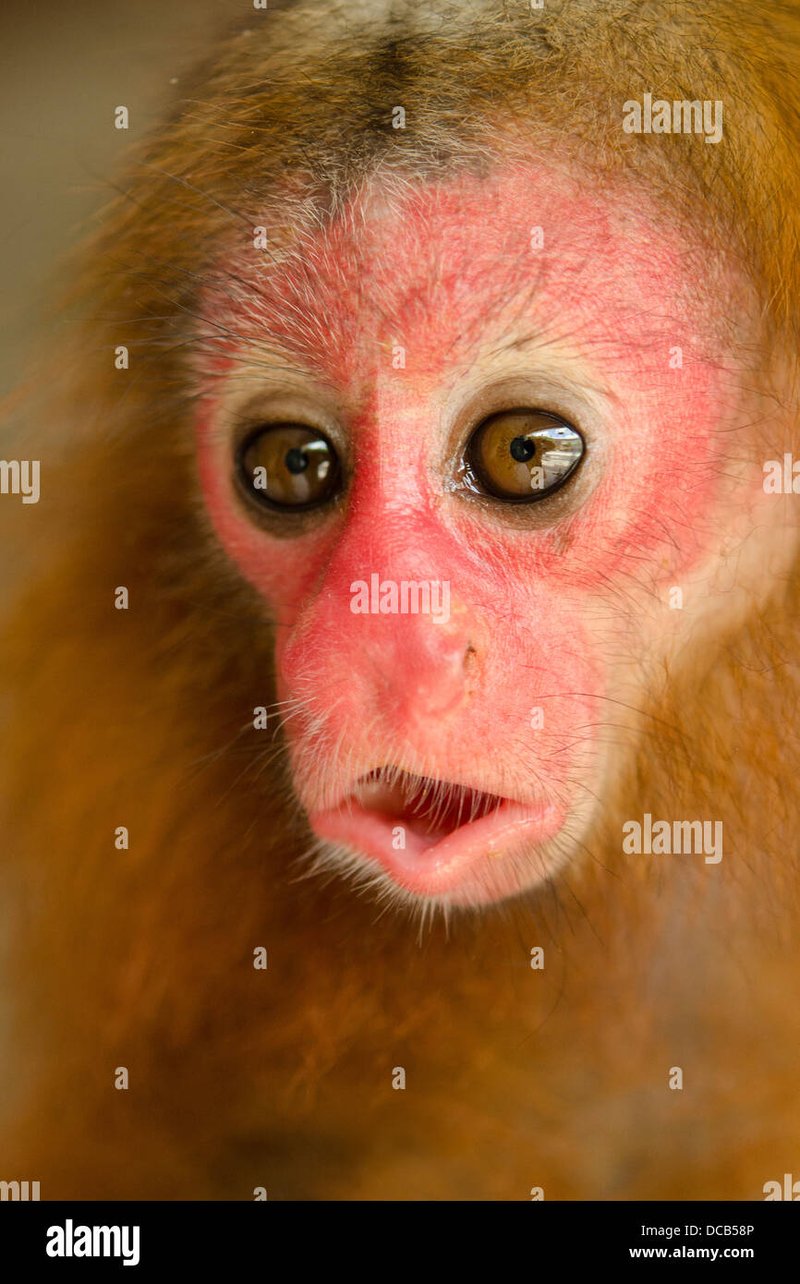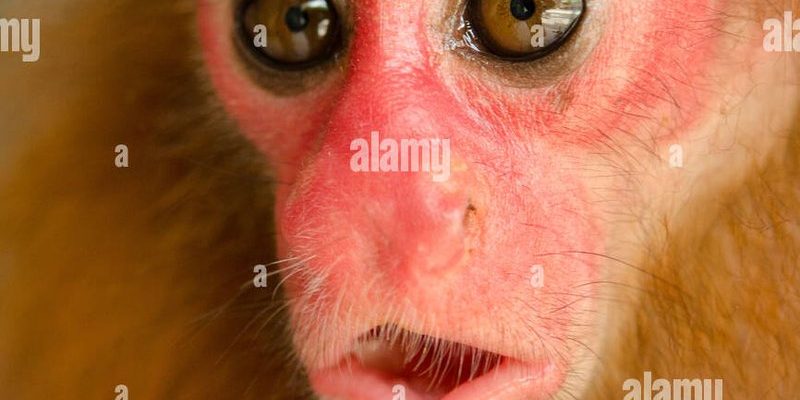
Uakaris are known for their striking appearance, with their bright red faces and long, lean bodies. But more than just their looks, it’s their child-rearing habits that grab the attention of researchers and animal enthusiasts alike. In this article, we’ll explore the ins and outs of how uakaris raise their young in the wild, revealing the intricacies of their family dynamics, feeding habits, and social structures. So, grab a coffee, sit back, and let’s dive into the world of uakaris.
Understanding Uakari Social Structures
Uakaris are highly social animals, living in groups called troops, which typically consist of around 10 to 30 individuals. These troops aren’t just random collections of monkeys; they have a strong social structure that plays a crucial role in raising young. Each member contributes to the group’s well-being, making the jungle a safer place for the little ones.
Matriarchal Leadership
At the heart of the uakari troop is often a dominant female known as the matriarch. She usually leads the group, making decisions about foraging and where to sleep. When it comes to raising young, her experience is invaluable. Young mothers can learn by observing the matriarch and other females, picking up skills in parenting and social interactions. It’s like a natural school for young uakaris!
The Role of Mothers in Raising Young Uakaris
Now, here’s where things get interesting. Uakari mothers are extremely devoted to their offspring. After a gestation period of about five months, a mother typically gives birth to a single baby. This baby is entirely dependent on her for survival, much like a newborn human would be. But the support doesn’t end there.
Mothers invest significant time in caring for their young, including carrying them around for months. This isn’t just about keeping them safe; it also helps strengthen their bond. You might be wondering how they manage this while still foraging for food. Well, they often have a keen sense of multitasking. While picking fruit or leaves, they’ll keep a watchful eye on their little one, ensuring they’re safe while getting the nourishment they need.
Feeding Practices of Uakari Mothers
Feeding is a critical aspect of raising young uakaris. Mothers primarily feed on fruits and seeds, hunting for the best food sources to provide for their babies. You might think that feeding a little monkey would be simple, but it’s actually quite complex.
Foraging with Purpose
Mothers often select easy-to-reach fruits or leaves, knowing their babies cannot eat everything just yet. They’re incredibly selective, ensuring their young get all the nutrients needed for healthy growth. Plus, they sometimes share food with other mothers and infants in the troop, which helps strengthen community ties.
One of the most interesting aspects of uakari feeding practices is how they teach foraging skills. As babies grow, mothers start to introduce them to different food types, showing them what’s edible and safe. It’s like a culinary lesson in the wild!
Learning Through Play
Play is a vital part of a uakari’s early life and development. Young uakaris engage in playful activities that mimic adult behaviors. Whether it’s swinging from branches or climbing trees, these interactions are not just for fun—they’re essential for learning.
Skill Development
Through play, young uakaris learn essential skills like climbing and social interaction. As they mimic the actions of their mothers and other troop members, they build strength and confidence. Here’s the thing: play isn’t just a way to burn off energy; it’s how they prepare for the challenges of adult life in the wild.
Also, play helps young uakaris develop social bonds with their peers. This bonding is crucial for fostering a supportive group, which is essential for survival in their rainforest habitat. It’s heartwarming to watch them frolic together, building friendships that will last throughout their lives.
Protection and Safety in the Troop
In the wild, safety is a major concern, especially for vulnerable young ones. Uakaris have devised clever ways to protect their young from predators, and the troop plays a significant role in this aspect of parenting.
Vigilant Watchfulness
When mothers are foraging, other members of the troop often take on the responsibility of keeping an eye out for threats. They stay alert for any potential dangers, such as large birds of prey or snakes. This communal care is a beautiful example of how working together enhances chances of survival.
Moreover, uakari troops tend to stay in high canopies, which offer natural protection. By living in the treetops, they reduce the risk of ground predators. It’s like their very own jungle fortress!
Challenges Faced by Uakari Families
Despite their well-structured family dynamics, uakari families face numerous challenges that can impact their young. One significant threat is habitat loss due to deforestation. As their environment shrinks, the uakari’s food sources become limited, making it harder for mothers to care for their young.
Impact of Climate Change
Climate change also plays a role in their survival. The changing weather patterns affect the availability of fruits and leaves, directly impacting what mothers can feed their babies. Honestly, it’s a tough life out there, and each day is a challenge.
Another challenge is the pressure from predators. While the troop’s vigilance helps, young uakaris are still vulnerable to attacks. The balance of nature can be unforgiving, but the resilience of these animals is just incredible.
The Importance of Community in Uakari Life
Lastly, the sense of community is one of the most beautiful aspects of how uakaris raise their young. Living in tight-knit groups encourages cooperation, teaching young uakaris the value of teamwork and social connections.
Building Bonds
From shared meals to playful interactions, each moment strengthens the bonds within the troop. As young uakaris learn from their mothers and other adults, they develop skills that will help them thrive. This supportive environment fosters not only individual growth but also the overall health of the troop.
As they grow, young uakaris become part of this intricate network, learning what it means to belong and contribute to their community. It’s a beautiful cycle that ensures the survival of future generations.
In conclusion, uakaris raise their young in a remarkable way that highlights the beauty and complexity of animal life in the wild. From their social structures to feeding practices and communal care, these monkeys remind us of the importance of family and community in survival. By understanding how they navigate the challenges of the rainforest, we gain a deeper appreciation for these incredible creatures and the ecosystems they inhabit.

